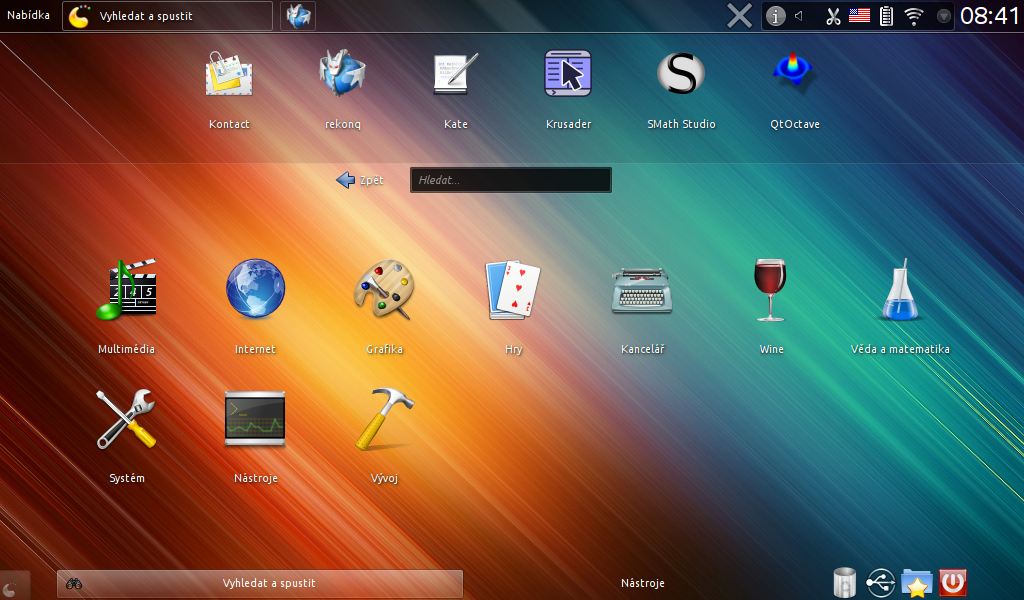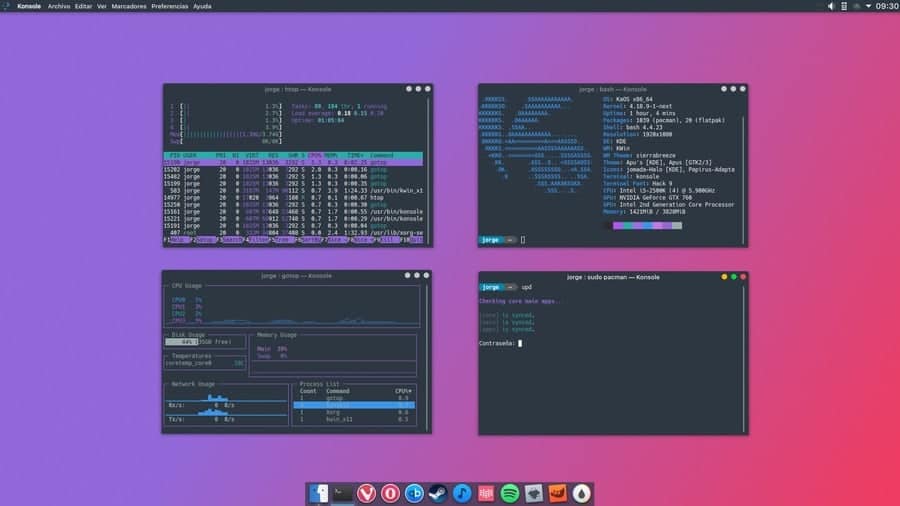

For years I've been using Gwenview to view, rename, batch rename (which you can still do), edit metadata, etc., and if I wanted to edit beyond Gwenview's capabilities, one right click on the image and a couple of left clicks and the image would be opened in The GIMP.

DigiKam is a great program, but it is more than I want or need. You really shouldn't need to have more than one graphics viewer to simply rename a photo. While digiKam is designed to run in KDE, I'm not sure it is the "official" photo manager.
KDE IMAGE VIEWER INSTALL
Prior to that you had to download it and install it yourself like you do with digiKam now. Qt plug-in to allow Qt and KDE based applications to read/write AVIF images.
KDE IMAGE VIEWER HOW TO
Digikam is KDE's photo manager and it does have a rename option.Īre you sure about that? I thought that distinction belonged to Gwenview which is why it was made part of the KDEgraphics module with the release KDE 4.xx. The Image Viewer example shows how to combine QLabel and QScrollArea to. If you’re preparing graphics for the web and want to see how they’ll display in various browsers, you can get to them from the same “File -> Open With…” menu (my Kubuntu install shows Firefox, “Alt + F, W, F”, and Internet Explorer, “Alt + F, W, W” as options you can select others with the “File -> Open With… -> Other Application…” dialog.John_hudson wrote:Agreed - but Gwenview describes itself as an Image Viewer and not a photo gallery.You also won’t be able to do anything involving layers, but you can open the currently-viewed image in Krita with “Alt + F, W, R” for more sophisticated editing.Use Kolourpaint for this – the combo “Alt + F, W, K” will open the current image in this application. Gwenview can’t draw anything on the screen, such as annotations or call-outs.

Fortunately, it does contain some links to other applications, available in the “File -> Open With…” sub-menu. While Gwenview’s key combinations make it really quick and easy to do some simple image manipulation (rotating, flipping, and red-eye reduction are also available features), there are some things it can’t do. It is a web browser, a file manager, media viewer and more. Konqueror was the default file manager in KDE 2 and 3, and is still available for those who prefer its interface. It is designed to be simple to use, yet powerful. Once the cropping and/or resizing is done, a “Ctrl + S” will save over the original image, or “Alt + F, A” combo will allow you to “Save As.” Alternate Tools Dolphin is the file management application of Plasma Workspace. enter the appropriate width and height as needed. The KDE image viewer Gwenview, moved to the kdegraphics module for KDE 4, received lots of integration and usability work. The Roadmap already describes the status and many plans for 4.1 (Kopete 1.0) and further. The width field is highlighted by default. So we can expect Kopete to ship with KDE 4.0, basically as a straight port from KDE 3 to KDE 4. To resize “Shift + R” is the key combo you want to display the resize dialog. I’ll typically take all the screenshots as I’m preparing an article, but cycle through and adjust them all at the end right before uploading. You can use these to cycle through all the image files in the same directory as the file you selected to open (you can also use the Space key to go forward and the Backspace key to go backward through the images). Before we get to the quick image editing, take note of the left and right arrows in the toolbar. For each screenshot, I usually have to crop out unnecessary parts of the image and reduce the width to an appropriate size.įind an image you’d like to edit in your file manager of choice, and use the “Open with…” option to view it in Gwenview. I use the keyboard shortcuts whenever possible. I use Gwenview in order to prepare screenshots for posting here on MTE, and I’m able to do each one in about fifteen seconds. You can also search for it from the Dash. It will then appear in the “Graphics” application sub-menu.


 0 kommentar(er)
0 kommentar(er)
